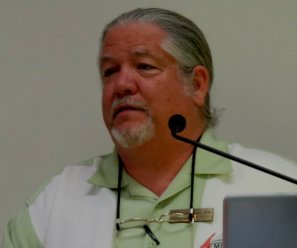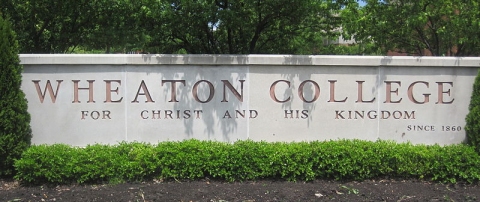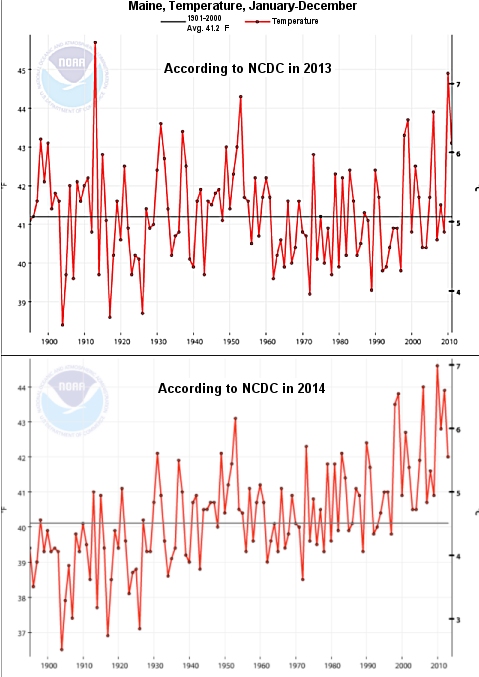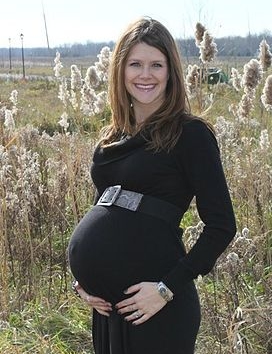
You’ve heard it many times before. The vast majority of DNA is junk. Of course, the ENCODE project showed how wrong that notion is. Now that we know the vast majority of DNA is functional, you might wonder how in the world the idea of “junk DNA” became so popular among scientists. I suspect there are many reasons, but some recent research has revealed one of them – a bias regarding what it means for DNA to be functional. The research was done on molecules called long non-coding RNAs, which are commonly referred to as lncRNAs.
What are lncRNAs? Well, let’s start with what RNA is. The genes that your body uses are in your DNA, most of which is found in the control center of the cell, called the nucleus. In order for your cells to use those genes, they must be copied by another molecule. This process is called transcription, and the molecule that performs transcription is RNA. Once it has transcribed the gene, RNA leaves the nucleus, at which point it is often referred to as messenger RNA (mRNA), because it is sending a message to the cell.
What’s the message? It is a recipe for building a protein. That recipe is put together in informational units called codons, and it goes to a ribosome, which is a protein-making factory in the cell. The ribosome reads the codons, translating them one-by-one into a protein. Not surprisingly, this process is called translation. How does the ribosome know when to start building the protein? There is a start codon that tells it to start. How does it know when to stop building the protein? There is a stop codon that tells it to stop. As a result, you can think of messenger RNA in terms of the illustration above – it contains a start codon, a recipe for a protein (the blue bar in the illustration), and a stop codon.
So how does this relate to lncRNAs? Well, messenger RNA is referred to as “coding RNA,” because it codes for the production of proteins. LncRNAs are called “non-coding RNAs,” because it was thought that they do not code for proteins. Now there are lots of RNAs that are thought to be non-coding, but lncRNAs are relatively long. That’s how they get their name. Well, it turns out for at least some lncRNAs, every part of their name (except RNA) is wrong.









